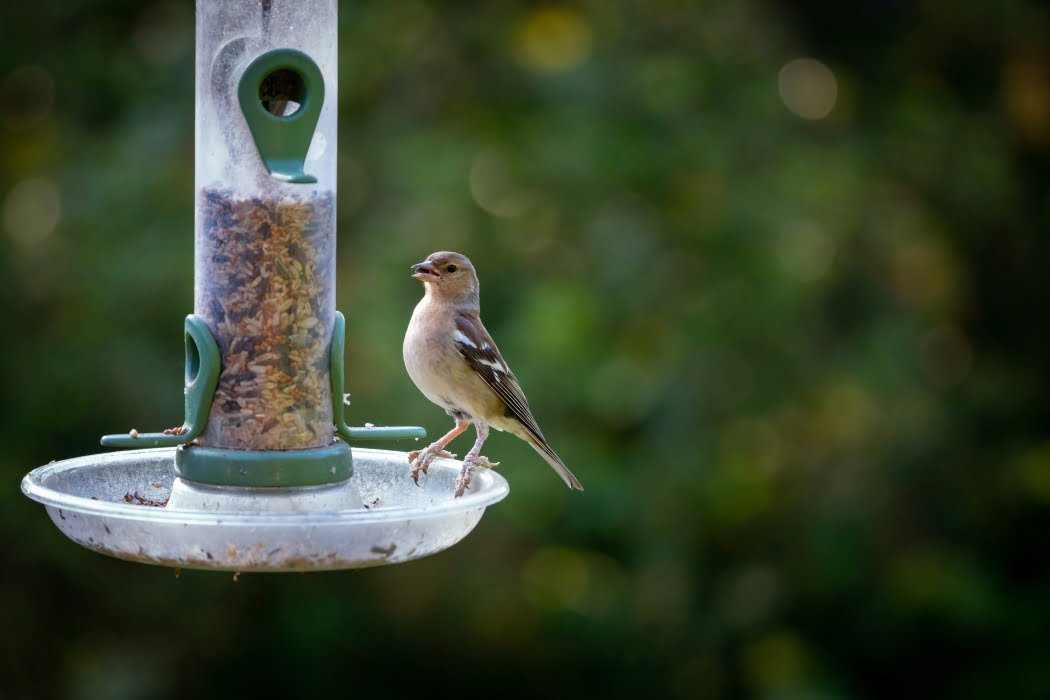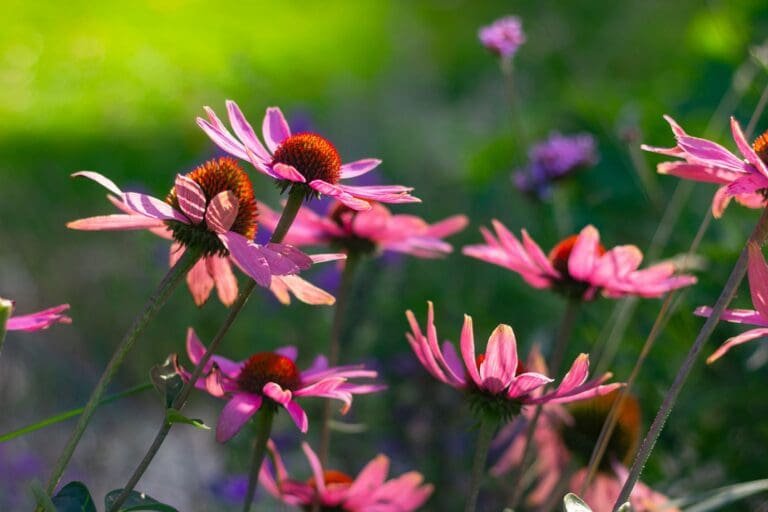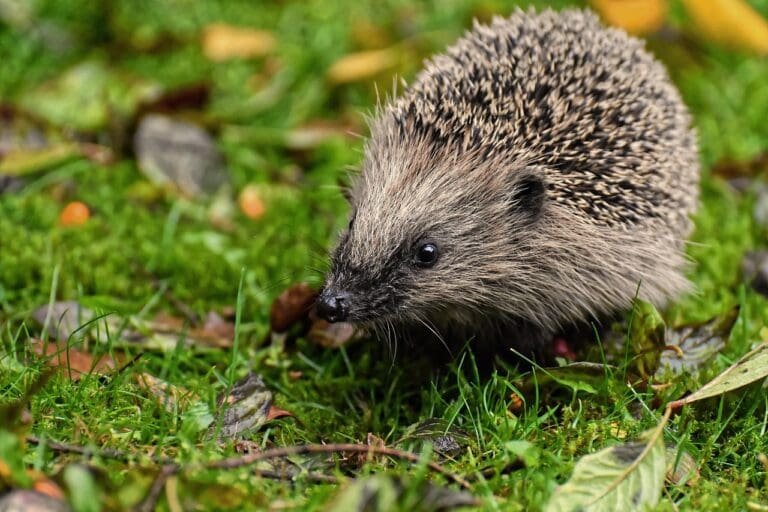Putting up a birdfeeder is one of the simplest and most rewarding ways to attract beautiful, fascinating birds to your garden. Watching colorful songbirds visiting your yard for a quick meal is an delightful experience that never gets old. However, where you place your birdfeeder makes all the difference in terms of how many species you can attract and how often they will visit. Follow this comprehensive guide to learn all about the best placement for your birdfeeder to create an active, diverse bird habitat right in your own backgarden!
You might also be interested in: How To Attract Birds To Your Garden
When determining where to put your birdfeeder, there are a few key factors to consider:
Safety First: Protecting Birds from Predators
One of the most important things to think about when deciding where to put your birdfeeder is safety. Beautiful songbirds visiting your garden for a meal can easily fall prey to cats, hawks, crows, squirrels and other predators.
To protect feeding birds, always place your birdfeeder:
- In an open location away from dense bushes and overgrown vegetation where predators can hide
- At least 10-12 feet away from anything predators can jump from, like fences or low tree branches
- Near trees or shrubs that provide quick escape routes and cover
- At least 5-6 feet off the ground to protect from predators
Positioning your birdfeeder in a secure location will help create a safe zone that invites timid species to stop by for a bite.
Visibility Matters: Attracting Birds with Placement
In addition to safety, properly placing your birdfeeder to maximize visibility is critical for attracting the most species to your backyard. Birds locate food sources primarily by sight. If your birdfeeder blends into the surroundings, shy birds are less likely to spot it.
To help your birdfeeder stand out as a bird magnet:
- Hang it from an open tree branch at least 6 feet off the ground
- Mount the feeder on top of a tall metal shepherd’s hook pole
- Position it in sunlight so the feeder shines as a beacon for birds
- Make sure no branches, foliage, wires or other obstacles impede the sightline to your feeder
Choosing a spot with great visibility in all directions will advertise your backyard buffet to the maximum number of passerines.
Accessibility for All: Ensuring Easy Access to Food
When considering where to put your birdfeeder, it’s also essential to ensure the area around the feeding stations allows birds easy flight access from all angles. Feeding birds need adequate clearance to swoop in and out efficiently.
To give birds seamless mealtime access:
- Avoid placing feeders too close to dense bushes, trees or overhanging vegetation
- Don’t position the feeder right next to your home, garage or other buildings
- Make sure there are no obstacles like wires, wind chimes or laundry lines impeding the area right around the feeder
- Place feeders at least 5 feet away from each other to minimize squabbles
By providing a clear flight path free of obstructions around your feeder, you make it simple for birds of all sizes to come and go at will.
Proximity to Cover: Providing Birds with Refuge
Lastly, when picking the perfect birdfeeder placement, ensure it sits near adequate natural cover that gives birds a place to escape from predators and harsh weather. Trees, shrubs, brush piles, evergreens and other sheltered spots provide safe refuge.
Ideal areas to place your feeder include:
- Within several feet of dense trees or bushes
- Near evergreen shrubs that offer year-round protection
- Close to brush piles birds can quickly take cover under
- Within a few wing flaps of leafy vegetation for emergency escape cover
Positioning your feeder adjacent to cover gives birds a secured sanctuary to retreat to after visiting your feeder, encouraging the most species to stop by for a snack.
Additional Tips for Attracting Birds to Your Birdfeeder
Beyond ideal placement, a few additional strategies will help your birdfeeder become the most popular restaurant in your yard:
- Offer an assortment of foods to appeal to various species. Include sunflower seeds, suet, peanuts, millet, dried mealworms, fruit and nut mixes.
- Keep feeders filled consistently, especially in winter when natural food is limited.
- Provide fresh clean water for drinking and bathing. Position bird baths 10 feet away from feeders to prevent contamination.
- Let fallen leaves, grasses and twigs accumulate underneath feeders to attract ground feeding birds.
- Clean feeders regularly with a 10% bleach solution to prevent disease and build-up of mouldy debris.
- Use squirrel-proof feeders or install plastic tube covers over pole mounts to foil these greedy bandits.
Follow these extra pointers and your feeders are sure to be bustling with bird activity from dawn to dusk!
FAQs – Where To Put Your Birdfeeder
If you’re new to feeding feathered friends, you likely have quite a few questions about the best practices. Here are answers to some of the most common backyard birdfeeder FAQs:
Q. What is the best time of year to put out a birdfeeder?
Birdfeeders can attract visitors year-round, but they are most crucial for supporting bird populations during winter when natural food sources are scarce. Put feeders up by early autumn before cold weather arrives so birds grow accustomed to this new food bonanza. Stock up on plenty of seeds, nuts and suet cakes to provide abundant nutrition during freezing months when birds need it most.
Q. How often should I clean my birdfeeder?
To prevent unhealthy mould and bacteria build-up that can sicken birds, thoroughly clean feeders every 2-3 weeks with a diluted bleach solution. Scrub away grime, then rinse and dry completely before refilling. During rainy seasons or summer heat when spoilage happens quicker, check feeders weekly and clean whenever the seed gets wet or you notice debris accumulation.
Q. How can I attract different bird species to my birdfeeder?
Offering a wide variety of birdseed and suet mixes will entice the greatest diversity of species to stop by your feeder throughout the seasons. Cater to goldfinches by stocking Nyjer thistle. Fruit lovers like orioles will flock to grape jelly feeders. Ground foragers such as juncos and doves appreciate a spread of millet below the feeder. And insect-loving birds feast on live mealworms. Providing assorted feeders and a water source in both sunlit gardens and shaded woodland areas creates ideal multi-zone bird habitat certain to attract an avian cornucopia to your yard!
Final thoughts
By keeping these helpful tips and trusted techniques in mind as you select the ideal placement for your feeder, you’ll enjoy a thriving birdwatcher’s paradise flourishing right outside your window for years to come. Soon colorful finches, lively chickadees, acrobatic woodpeckers and other feathered friends will become loyal visitors to your backyard sanctuary. So grab some birdseed and get your feeder set up in the perfect spot to welcome wonderful wildlife into your garden!



